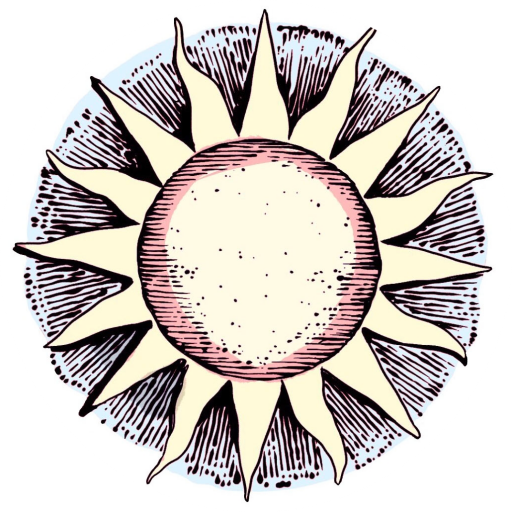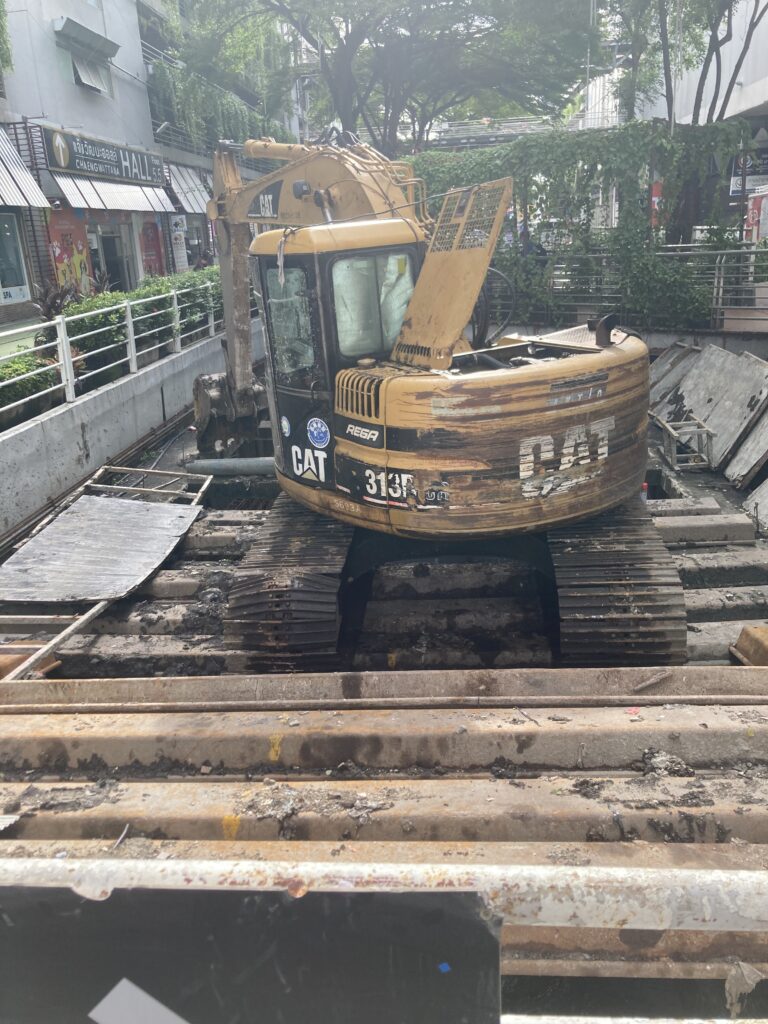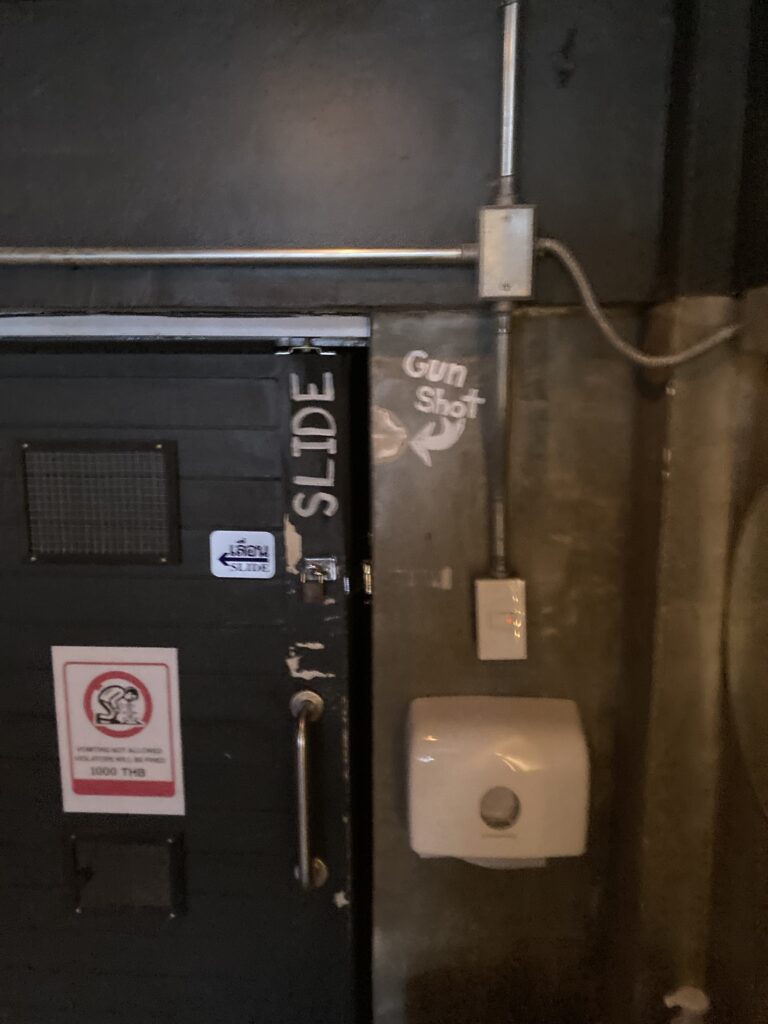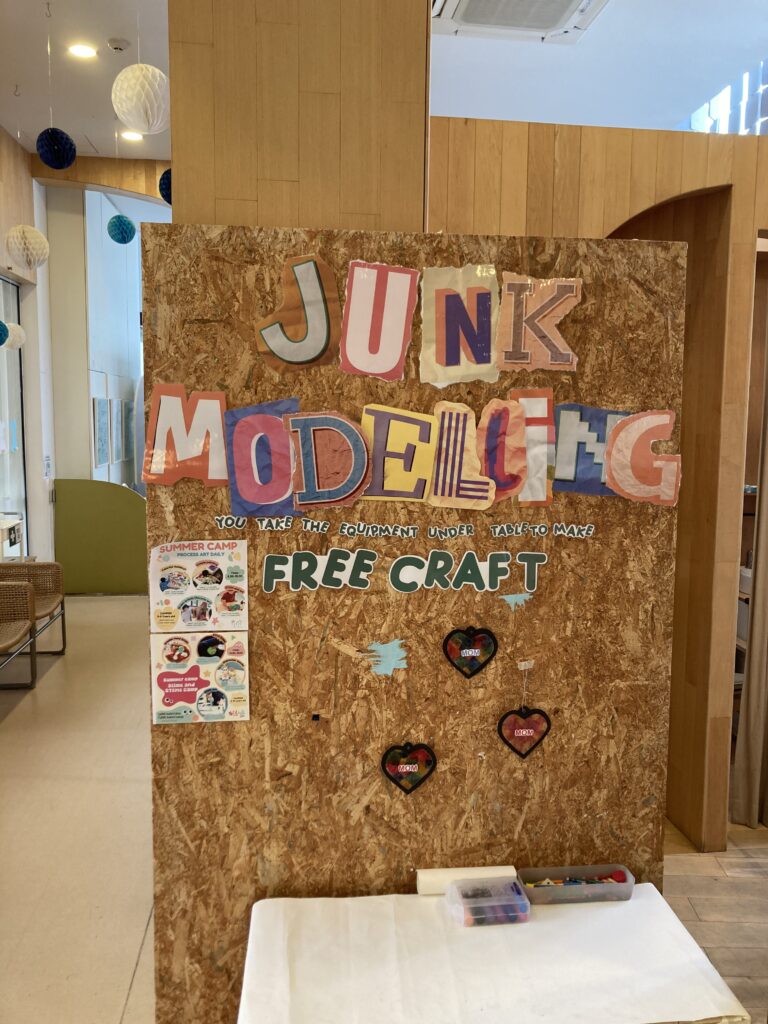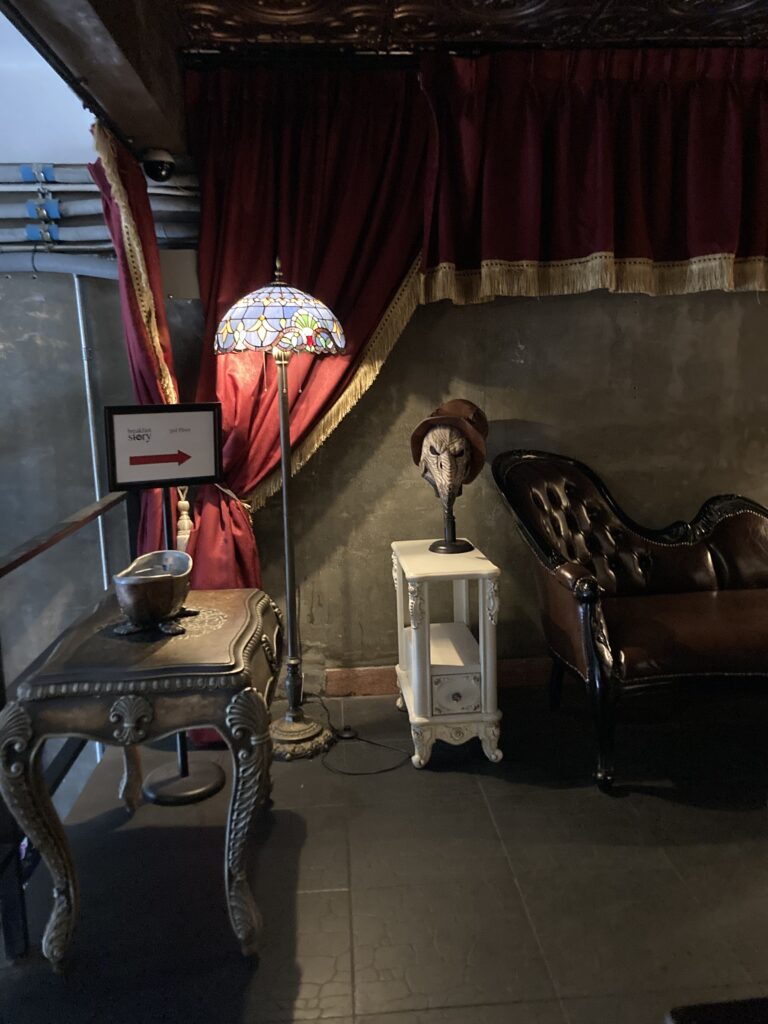A Snooze
‘People like animals. People like videos of drowsy and sleepy animals. People must like sleepy animals.
This seems to be the entire logical skeleton of ‘The Sleepy Animal Zoo’ outside of Philadelphia, where several dozen vaguely exotic animals doze in their cages during the daytime, attempting to ignore the gawking patrons and their unruly children in order to catch a few moments of shut eye. ‘The Sleepy Animal Zoo’ is a private affair which means that it’s not subject to some of the same regulations one might take for granted, having seen what Pennsylvania’s public options have to offer.
Tickets are very cheap, which is good, yes, but they are so cheap that patrons can’t help but wonder where the money comes to maintain the animals’ habitats and, upon seeing them, understand that the money simply doesn’t exist. ‘The Zoo’ hasn’t aged well in the decade or so that it has been in operation and the bones were never exactly good. Visitors are left with the sense that the bears and the tiger could likely escape and maul everyone nearby if they were so tired. But they are tired and that is its own concern.
The animals are less dozy, really, than nearly unconscious. They rarely wake and when they do they seem to hardly be able to lift their heads. Then, there was the case of little Davey Maker who, like so many children before him, decided to crawl into the monkey habitat and, rather than be adopted or consumed by angry, frightened monkeys, simply fell asleep on the hot cement and dreamt until zookeepers came to fetch him.
There is an amount of cuteness, here. That can’t be denied. The animals appear well fed and none perform the manic pacing that is sometimes noted in creatures brought to the very edge of insanity by the cage. At its worst, ‘The Sleepy Animal Zoo’ probably has its animals on a constant cocktail of sedatives that keeps them cozy and docile. At its best, ‘The Zoo’ is kind of boring and, as many visitor reviews indicate ‘not that different from any other zoo.’
Rumor has it that the animals are kept awake at night by wild, private dance parties for celebrities and politicians, these gatherings sometimes bordering on the occult. These are rumors, though, and one has to imagine that the entry price for admission to these ritualistic raves is so high that it would likely exclude anyone reading this book.’
-an excerpt, Autumn by the Wayside
